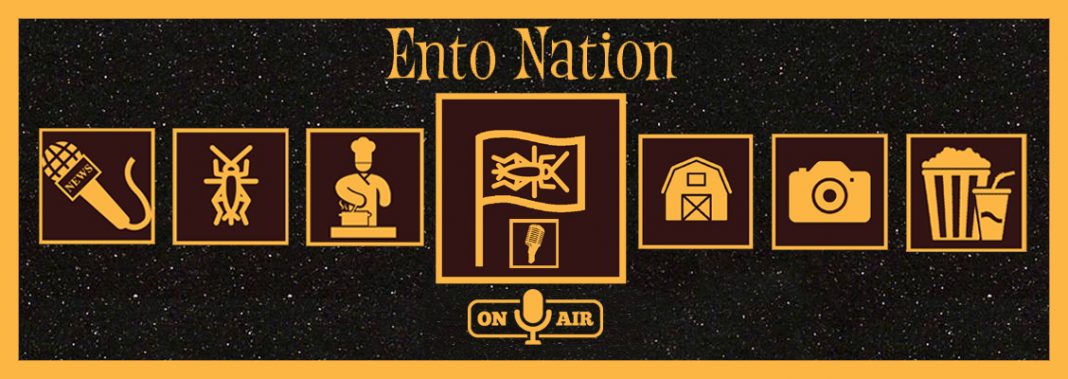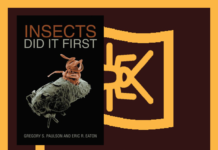
Habitat loss and pesticides are chief culprits.
We’ll have an interview with a little girl from Britain, Rebecca of Rebecca’s Butterfly Farm in an upcoming Ento Nation podcast.
The State of the Nations Butterfly report which is published every five years shows long term and ten year trends – and it’s waving a danger flag. The most recent report published in 2015 indicates that overall a staggering 76 percent of our butterflies declined in abundance and occurrence over the past 40 years – indeed some species such as the Large Blue are protected by law. Four species of butterfly have become extinct over the past 150 years and the rest face an uncertain future. Our moths are doing no better as the total number over the past 40 years has declined overall by 28 percent, even as low as 40 percent in southern areas. The 56 species of UK butterfly and 2500 species of moth are under threat from habitat loss and climate change and it matters a great deal for three main reasons.














